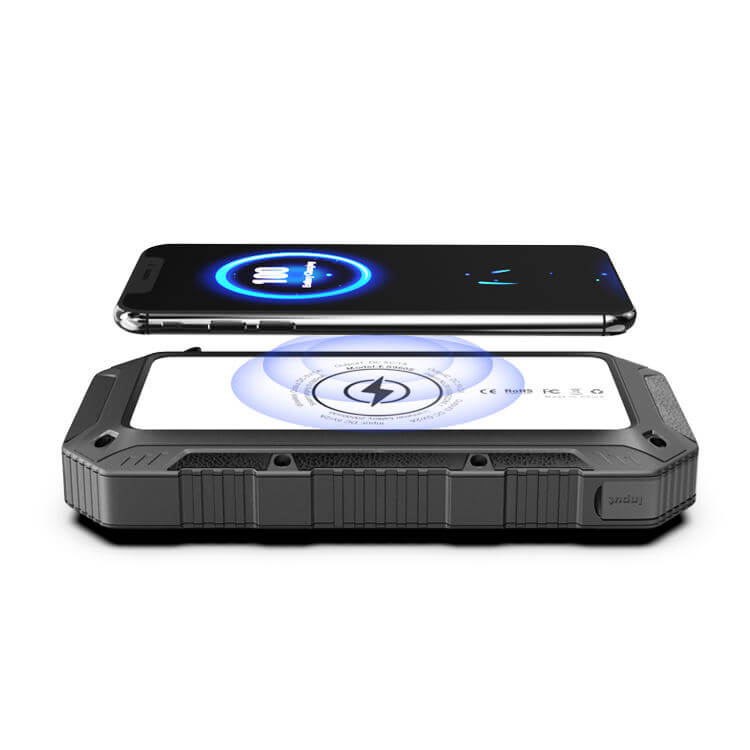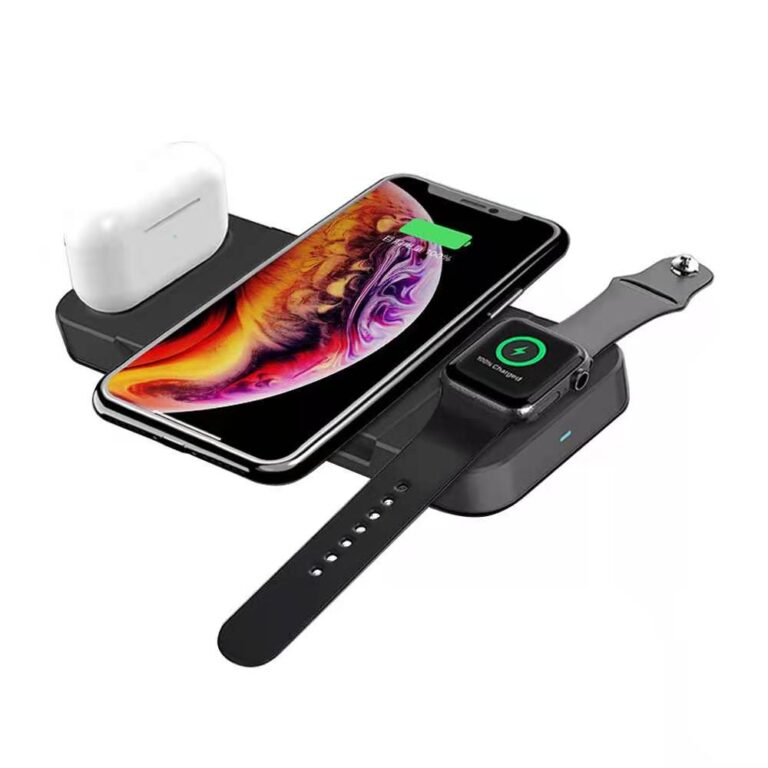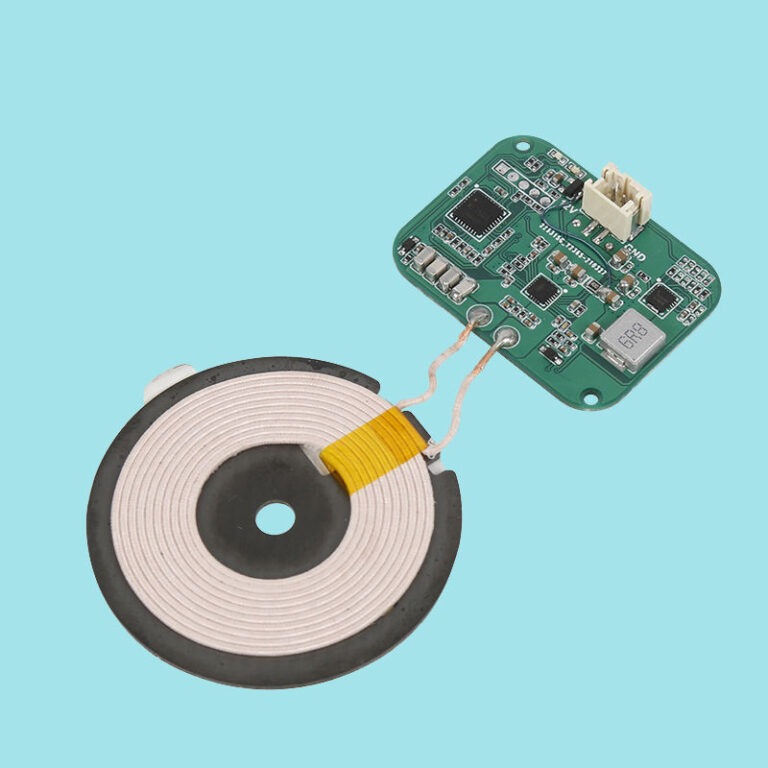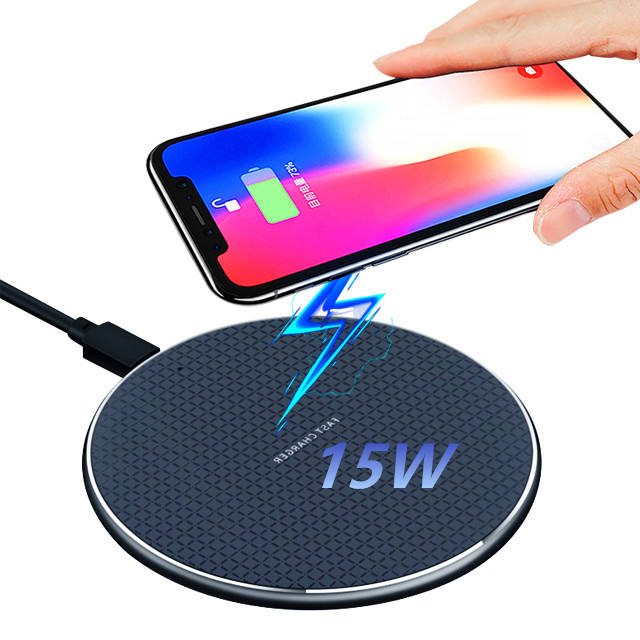Qi Wireless Charging for Qi Electronic Devices
Qi is a wireless charging standard, and the only one currently adopted by most major phone manufacturers. Qi is pronounced “chee.”
Qi is not the only wireless charging method available, but it’s the first one that is supported by two of the largest and most-influential smartphone makers: Samsung and Apple.
What Is Wireless Charging?
Wireless charging allows you to charge a device, like your smartphone, without use of a charging cable. The concept, known as inductive charging, allows electricity to be transmitted through the air by means of a magnetic field. A transmitter (in this case, a charging pad plugged into a power outlet) creates an oscillating magnetic field with a receiver (a phone). The receiver gathers current through a special antenna, which can then be stored in the device’s battery. While the basic technology has been around for over a century, it has gained more attention with the advent of mobile technology.
How Does Qi Wireless Charging Work?
While the inner workings of wireless charging technology are quite complex, the basic concept is simple. In order to charge something wirelessly, you need to have two components called induction coils. These coils are loops of copper wire that are built into wireless charging stations and compatible phones.
When a compatible device is placed on a charging station, the two coils are able to temporarily act as a different component known as a transformer. This means that when an electromagnetic field is generated by the charging station, it creates an electrical current in the coil located in the device. That current flows into the battery, charging it just like a cable charger.
If you have an electric toothbrush, there’s a good chance you’ve already used wireless charging. Some rechargeable toothbrushes will actually charge when placed on a Qi wireless charging pad.
What Is the Qi Standard?
While all wireless charging technologies work according to the same principle, there are two competing types. They are referred to as magnetic inductive and magnetic resonance charging.
The Qi standard was first published in 2010, and it described an inductive method for wirelessly charging devices. In addition to specifying three different power ranges for wireless chargers, it laid out the way that devices would communicate with charging stations to ensure safe and efficient charging.
Why Do Phone Makers Prefer Qi?
Phone makers embraced Qi over alternative standards for a handful of different reasons. The first, and probably most important, is that Qi had a major head start. Since the Qi standard was initially published in 2010, chipmakers were able to design chips that would act as a shortcut for charging station manufacturers and phone makers.
Using these off-the-shelf components, phone manufacturers were able to implement wireless charging in a cost-effective manner without spending a lot of research and development. Qi’s inductive charging tech is also more energy-efficient than resonant charging, and it usually involves smaller components. That means inductive Qi chargers can be more compact than competing devices.
The availability of off-the-shelf chips and compact components encouraged early adoption by many Android manufacturers, including Nokia, LG, and HTC in 2012. Eventually, others got on board, and within the next few years, nearly every major Android phone maker will be Qi-compatible.
Resonant charging specifications were added to the Qi 1.2 standard in 2014. This made Qi the only standard with specifications for both inductive and resonant charging, which attracted phone manufacturers concerned about backward compatibility.
Apple and Qi Wireless Charging
While some Android manufacturers jumped on the Qi bandwagon as early as 2012, Apple didn’t join the Wireless Power Consortium (WPC), which is the organization behind the Qi standard, until the release of the iPhone 8 in 2017.
With the Apple Watch, Apple actually modified a system based on the Qi standard much earlier than it joined the WPC. However, that implementation was tweaked enough to prevent the Apple Watch from working with Qi charging stations.
Starting with the iPhone 8 and iPhone X, Apple ditched the tweaked version in favor of the Qi standard. That decision allowed both Apple and Android users to take advantage of the same charging hardware.
How to Use Qi Wireless Charging
The major disadvantage with inductive charging pads is that they can be finicky with regards to the distance and alignment of a receiver device. While resonant charging allows for a lot more leeway, devices that use Qi have to be placed in a rather precise manner.
Some charging station manufacturers get around this by including multiple charging coils in a single station. However, your phone still has to be lined up properly with one of them or it won’t charge. This is usually addressed by including guide marks on the charging station to show how and where to place your phone.
Aside from that, using Qi to wirelessly charge a phone is simple. You plug the charging station into the wall, or into the accessory outlet in your car, and then place your phone on top of it. As long as the phone remains in place, it will charge.
Where Can You Charge a Phone With Qi?
In addition to desktop charging mats and cradles designed for cars, you can also find Qi chargers built into furniture. There’s even an app that will show you where to find a public charging station in your area.
If your phone doesn’t have Qi technology built-in, you can add wireless charging with a case. Alternatively, you can even get a thin charging unit that fits between your phone and your existing case.




